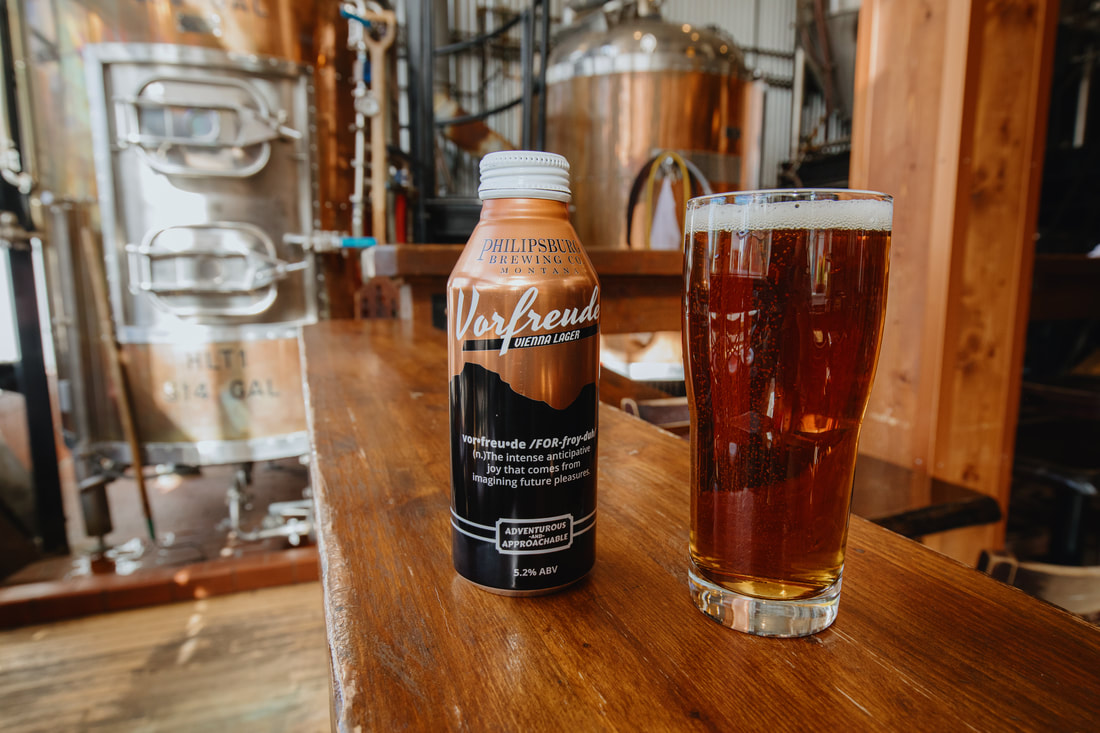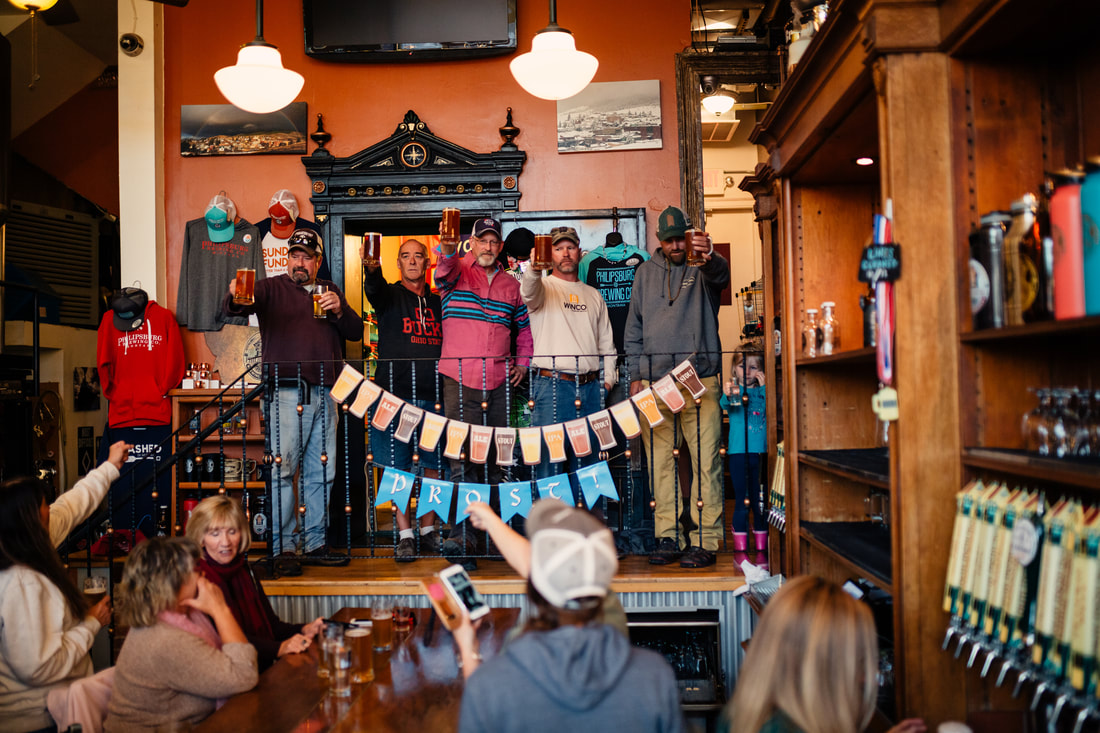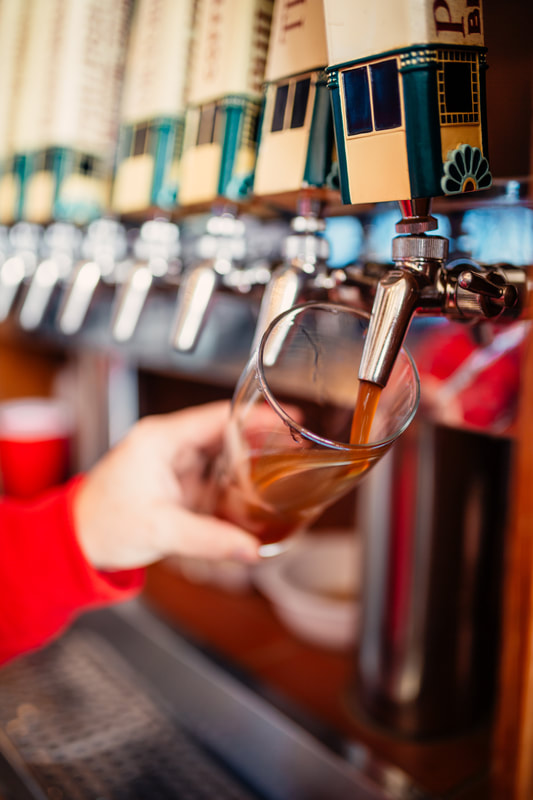|
The gigantic, beer-soaked, not-a-costume-party party called Oktoberfest just came to an end in Munich, but we beer-loving Americans are still striving to emulate the cool kids across the pond. The Brewery has a history of drawing Oktoberfest out a bit longer (like, two or three weeks… what?), and this year we leveled up with the strategically timed bottle release of our award-winning Vienna lager, Vorfreude. At least here at The Vault, Oktoberfest and Vorfreude go together like wurst and kraut. Now, the smart kids will note that Vienna is not a German city, but an Austrian one, and that Oktoberfest beer is golden and light, not an amber lager like Vorfreude. Which might lead one to wonder, is this just a lame attempt at piggybacking Oktoberfest to promote our newest release? It most certainly is not. Amber lagers have always been an autumn seasonal standard, but the Vienna amber lager does have deep roots in the history of Oktoberfest. It’s one of several styles of beer associated with the centuries-old celebration, and that’s where things get confusing. Here’s why you should say "Prost!" with a Vienna lager in hand this year. Beer styles can often be traced back to specific countries or regions that influenced the development of the beer, and European countries have produced strikingly similar styles throughout history. Those that became popular in the 19th century are intricately intertwined and can be downright confusing to differentiate. “Oktoberfest” might be the granddaddy of all beer confusion––both the style and the celebration. Since 1818, the first year beer was served at Oktoberfest, at least four different styles of beer have been associated with the event, but there’s only one official Oktoberfest style each year. So what is the official Oktoberfest beer? Since 1953 it’s been the light, slightly sweet, golden-colored Festbier. But in the earliest years it was a dark lager (the beginnings of today’s dunkel lager). The dark lager remained the official Oktoberfest beer for more than 50 years, but tastes began to change after Munich’s Spaten brewery introduced a lighter, amber lager in 1841, calling it a modern Märzen. That same year, 250 miles away at Vienna’s Schwechat brewery, a young brewer named Anton Dreher created and released the first Vienna lager (described as a “new Märzen”). He had combined Bavarian lager yeast with a new malt he developed to mimic English pale ales, thereby producing the world’s first pale lager. Dreher’s new malt was created using an English kilning technique that dried the malt in a new way, producing different color and flavor profiles. He had learned the technique during several years spent visiting English and other European breweries, and it was during that time that, coincidentally, he met and became good friends with Gabriel Sedlmayer II of the aforementioned Spaten brewery. Like Dreher, Sedlmayer had also returned home to experiment with the English kilning technique, and he eventually created his own new malt. In 1872, he combined that malt with a lager yeast to turn out a beer very similar in color, aroma, and flavor to Dreher’s wildly popular Vienna lager, and he marketed it as Marzen gebraut nach Wiener Art (“March beer brewed in the Viennese way”). Considering this description (as well as evidence that the term Märzen may have first been used in Vienna), it’s been suggested that Sedlmayer’s Märzen was an imitation of Dreher’s lager with a slightly different malt. The new Spaten lager was a hit and it reigned as the official Oktoberfest beer for nearly a century, while the Vienna lager style slowly faded into obscurity. Vienna lagers saw a resurgence in the 1980s when American craft brewers took interest, but they’re still considered the lesser known cousin to Märzens. Americans like Märzens so much that although Festbier has been the Oktoberfest beer since 1953, Märzen lagers are still what we associate with the festival in the US today. Some German breweries even create “Oktoberfest Märzens” just for the US market. (To further complicate things, there’s also a style called the Austrian Märzen, but it’s quite different than either Vienna lager or German Märzen… A topic for another day.) Vienna lager is the OG, the quiet inspiration for the world-famous Märzen that Americans in particular just can’t quit (and we’re certainly fans as well). Vorfreude Vienna Lager is our celebration of Anton Dreher’s 19th century innovation and the glorious festival of beer it helped shape. We’ve always taken pride in doing things differently, but we also just like rooting for the underdog. This year, skip the usual and bring a pack of Vorfreude to the party. Then wow your fellow guests with a captivating retelling of the story behind the style. Wir gehen dann mal unsere Lederhosen und Dirndl für unsere eigene Oktoberfest-Party vorbereiten. Bis dann!
1 Comment
|





 RSS Feed
RSS Feed
